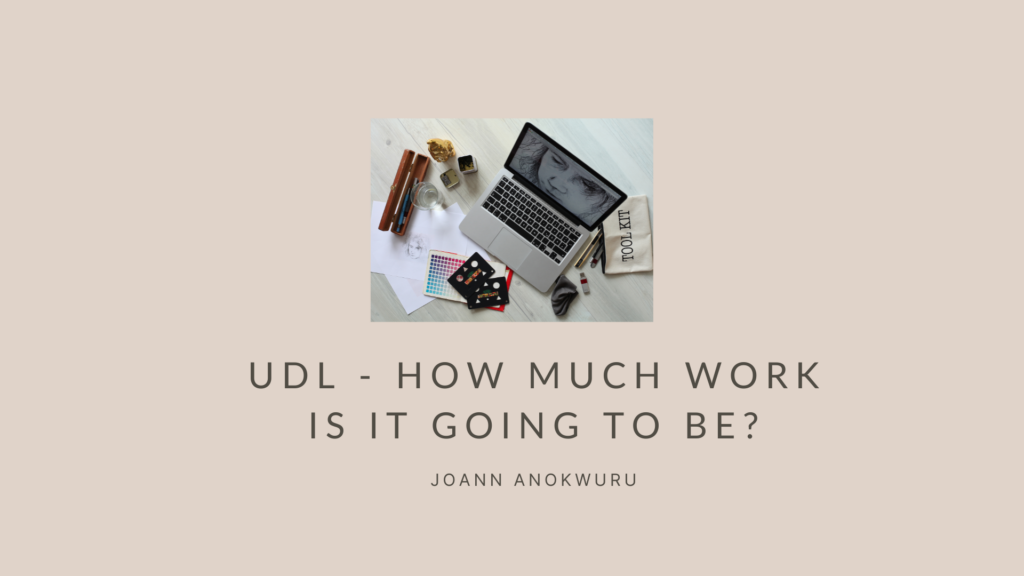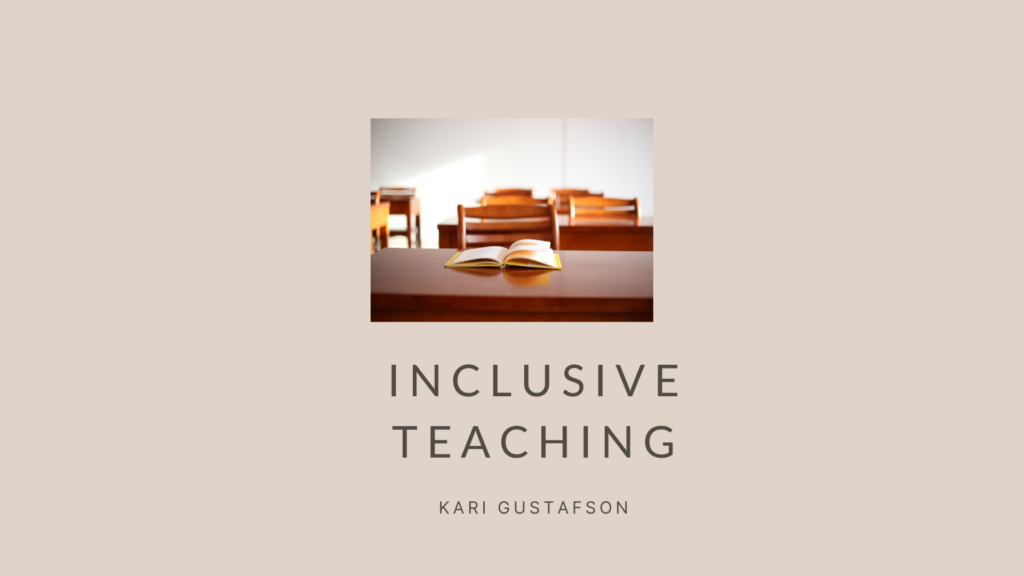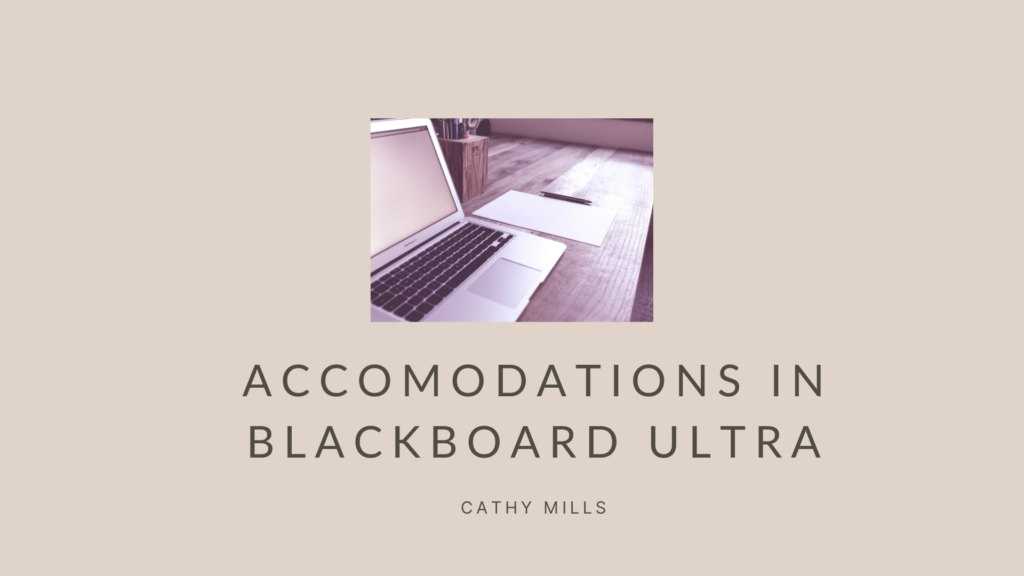
Universal Design for Learning (UDL) is a flexible pedagogical framework to minimize barriers and increase accessibility for the fullest range of students possible. A ramp allows the full range of people to access a building while a stairway allows only some. In the same way, UDL asks us to trade “one size fits all” thinking to imagine curriculum designs that open the doors to any student. UDL focuses on increasing flexibility, choice, and relevance within three main components of curriculum design and implementation:
- Engagement: how students interact with and are motivated by the instructor, content, and their peers
- Representation: how information or learning experiences are taught and presented
- Expression: how students demonstrate their knowledge
While standard accessibility practices such as structuring text for screen readers and captioning videos are part of UDL (specifically increasing the range of how content is represented), these practices do not encompass all of UDL. Applying a holistic UDL lens to your classroom means deepened comprehension, accurate assessment of student knowledge, and a truly inclusive learning environment that welcomes physical, cognitive, and cultural diversity.
"Introduction to Universal Design for Learning" by Portland State University - Creative Commons Attribution-NonCommercial 4.0 International License.
- Inclusive Teaching with Sarah SkinnerWe caught up with Sarah Skinner, an Early Childhood Education instructor, about her first year in a full-time faculty role and her evolving approach to inclusive, student-centered teaching. Sarah shares how Universal Design for Learning (UDL) principles, multiple means of expression, and real-world inclusive strategies are shaping her courses—especially in asynchronous online environments. Sarah reflects … Continued
- Universal Design for Learning (UDL) – How much work is it going to be?In the DESC podcast with Steven Bishop and Karine Hamm, Joann Anokwuru discuss how applying the three main principles of UDL into your course isn’t as difficult as you would think. (4:16)
- Inclusive teaching – Kari Gustafson, Disability and Community StudiesThis video is taken from the February 26, 2024 Stumbling Blocks and Stepping Stones on Accomodation Requests and Faculty Readiness. Here is a summary of what Kari shared with us. The transcript you provided is from a presentation given by Gustafson from the Faculty of Applied Community Studies, specifically focusing on disability and community studies. … Continued
- Accomodations in Blackboard Ultra – Cathy Mills, Sports ScienceThis video is taken from the February 26, 2024 Stumbling Blocks and Stepping Stones on Accomodation Requests and Faculty Readiness. Here is a summary of what Cathy shared with us.




